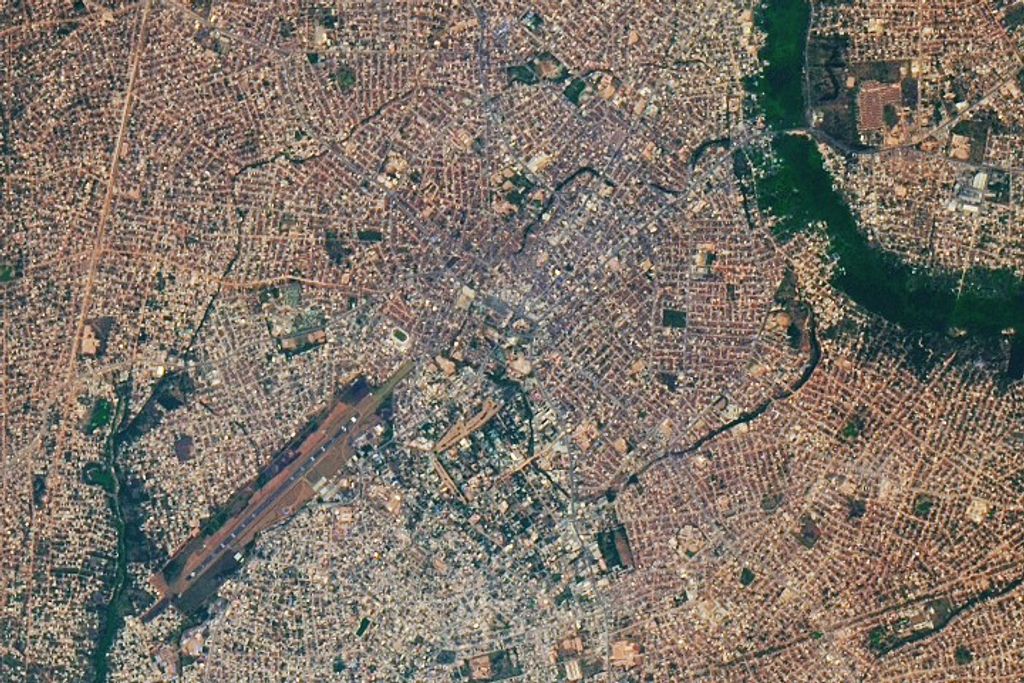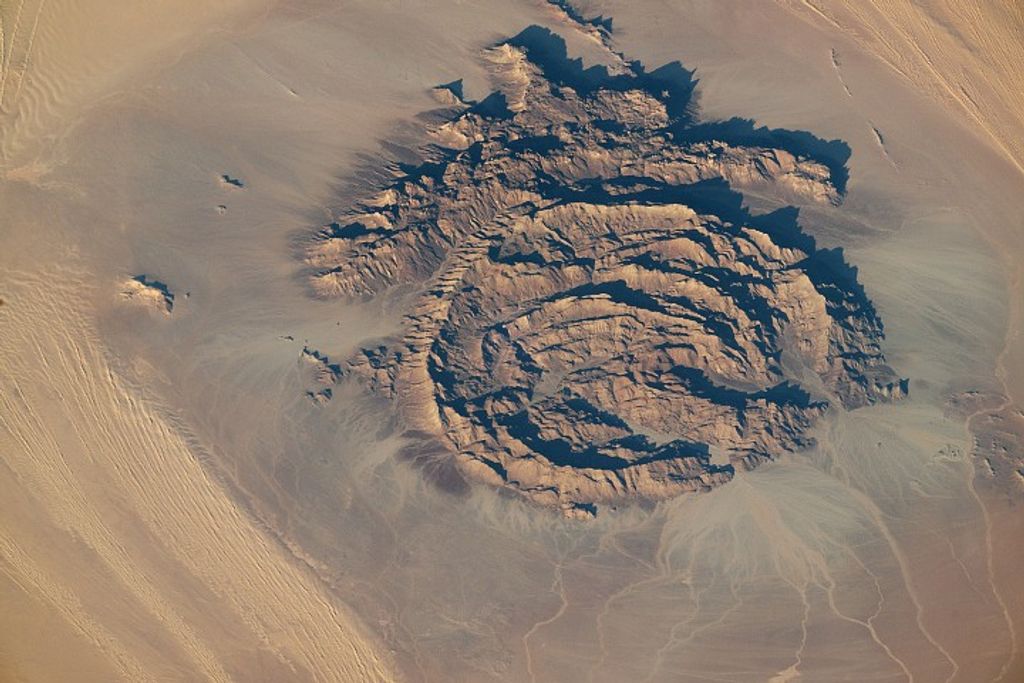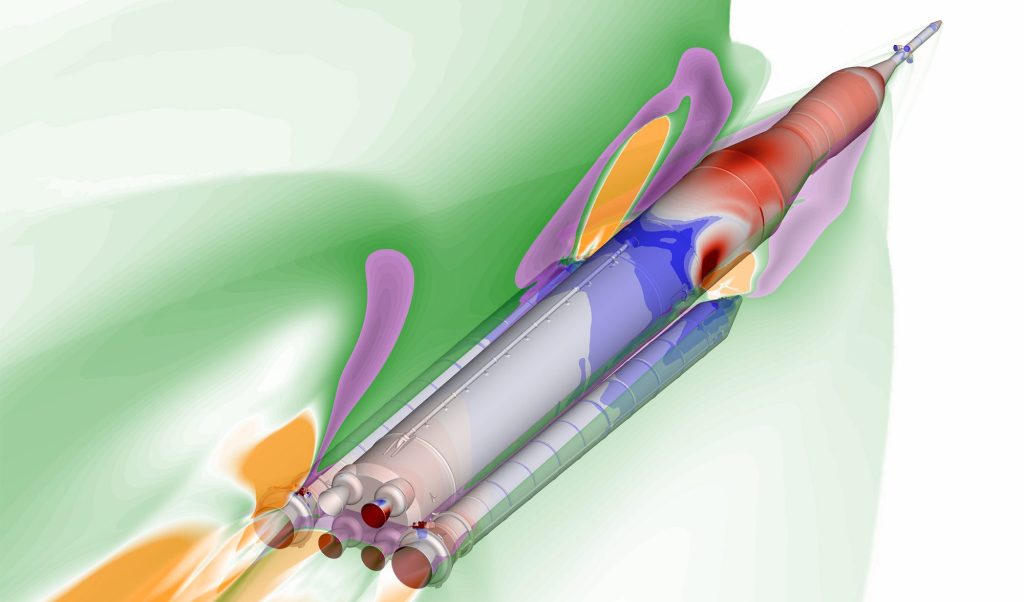1 min read
Bipolar Planetary Nebula PN Hb 12

This image shows an example of a bipolar planetary nebula known as PN Hb 12 – also known as Hubble 12 – in the constellation of Cassiopeia. The striking shape of this nebula, reminiscent of a butterfly or an hourglass, was formed as a Sun-like star approached the end of its life and puffed its outer layers into the surrounding space. For bipolar nebulae, this material is funneled towards the poles of the aging star, creating the distinctive double-lobed structure.
Observations using NASA's Hubble Space Telescope and the New Technology Telescope have found that bipolar planetary nebulae located towards the central bulge of our Milky Way appear to be strangely aligned in the sky – a surprising result given their varied and chaotic formation.
PN Hb 12 was not part of the new study. A version of this image was entered into the Hubble's Hidden Treasures image processing competition by contestant Josh Barrington.
About the Object
- R.A. PositionR.A. PositionRight ascension – analogous to longitude – is one component of an object's position.23h 26m 14.81s
- Dec. PositionDec. PositionDeclination – analogous to latitude – is one component of an object's position.58° 10' 54.65"
- Object NameObject NameA name or catalog number that astronomers use to identify an astronomical object.PN Hb 12, Hubble 12
- Release DateSeptember 4, 2013
- Science ReleaseSome Planetary Nebulae Have Bizarre Alignment to Our Galaxy
- Credit
Share
Details
Claire Andreoli
NASA’s Goddard Space Flight Center
Greenbelt, Maryland
claire.andreoli@nasa.gov





























